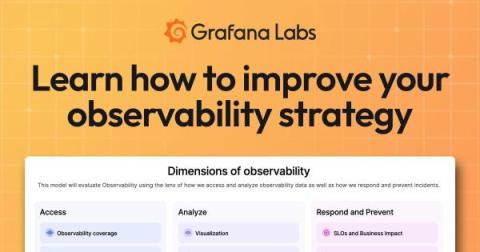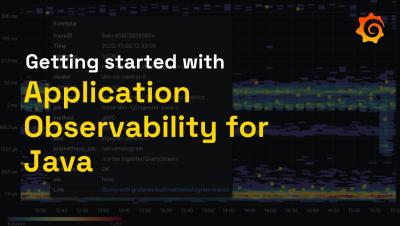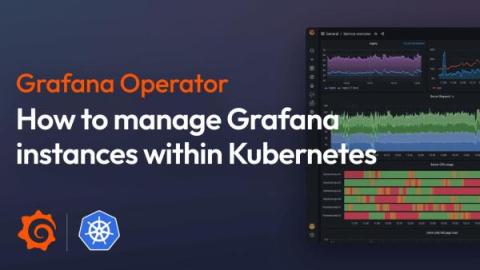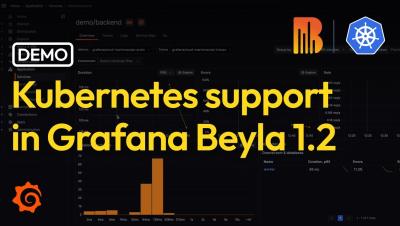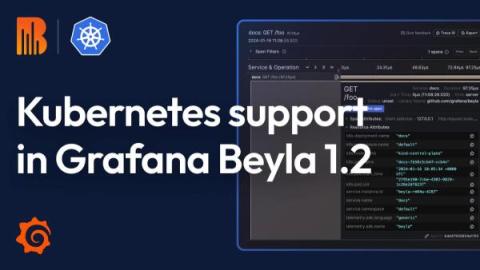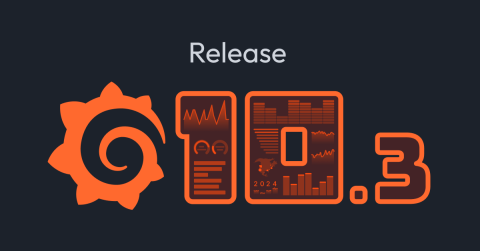Why companies migrate from OSS to Grafana Cloud for metrics management
In 2022, we introduced Grafana Mimir, the most scalable and performant open source time series database in the world. And since its launch, we’ve been busy, increasing Mimir’s scale, making it easier to get started, and boosting query performance. But even with these advancements, we understand the challenges that can come with a self-hosted and self-managed OSS tool.



